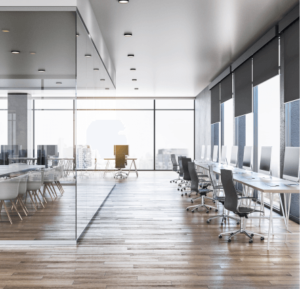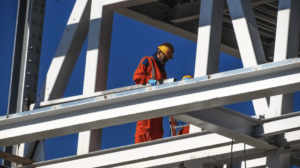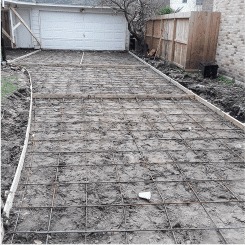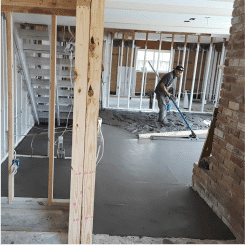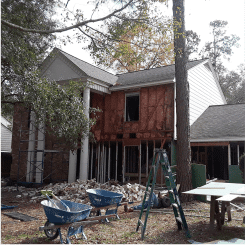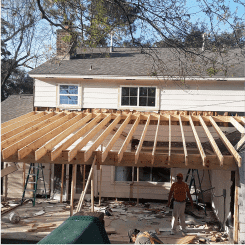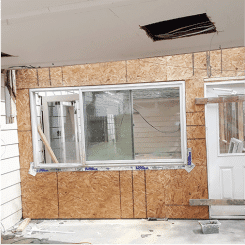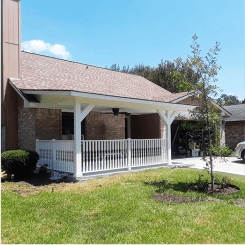Stone siding is heavy and can hold up against a lot of weather while insulating your home against insects and mold: but it does have some problems. The main issue is that its weight may demand structural substrate and additional fixtures, and putting in stone siding can increase how long your project will take.
Vinyl Siding
Vinyl siding is currently the most common type of siding in the USA, with Rollex vinyl siding reigning as a top option. This classic choice is durable and low maintenance and can last for twenty to thirty years, depending on the property.
Vinyl siding is extremely affordable and doesn’t require painting unless you want to; you can even clean it using a pressure washer that’s often less than a hundred dollars to rent for a day.
Vinyl does have a couple of drawbacks depending on the brand you go to since it can bend or crack when under pressure, and if it’s secured too tightly, you’ll notice this issue can happen extremely often. Like any siding, it may hide moisture problems that could eventually lead to mold. This shouldn’t be a problem as long as you use the best insulation for exterior walls and keep an eye on your siding.
Steel Siding
Steel siding is often the most expensive type of siding, but many find it worth it. Modern steel siding is durable and can protect your home against dents, fire and insect activity, and stormy weather that could destroy weather siding like wood.
This type of siding is also fantastic at keeping the temperatures inside your home well regulated and insulating against noise and problems that often come from poorer types of siding.
Although it’s more expensive, it’s low maintenance and can protect your home for years to come. In addition, there are plenty of options when it comes to textures and colors, so although you may love a color when you first buy it, if it falls out of style, you can always change it without replacing your siding.
Fiber Cement Siding
Fiber cement siding can last fifty years, which is why it’s quickly becoming one of the most popular types of siding and a great alternative to vinyl siding. Although fiber cement siding cost is higher up front, it’s seen as an investment by many who consider how good it will increase the resale value of their home and how long it can last while they live in it.
Unfortunately, fiber siding does have its fair share of problems. Not only does it require maintenance to ensure that it lasts and looks good, but it also absorbs moisture, is difficult to install, and isn’t great for the environment.
The main flaw that most homeowners have is that this type of siding isn’t as energy efficient as other types on this list, which may leave you open to higher energy bills which many don’t want to deal with when they already have to pay an increased price for this type of siding.
Your Home Deserves To Be Both Attractive and Functional
Many may think the main draw of your home is supposed to be how attractive it is and what curb appeal it offers: it also has to be extremely functional. So if you’re looking at types of siding, consider which options have the main things that will protect your home where you’re at and what your budget looks like.
